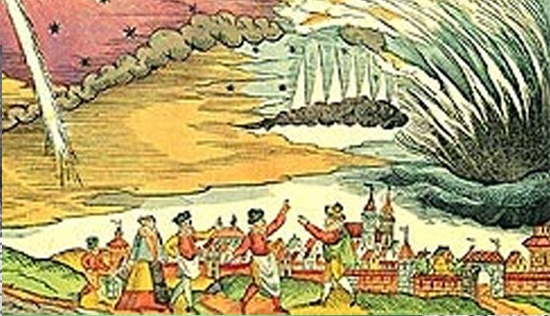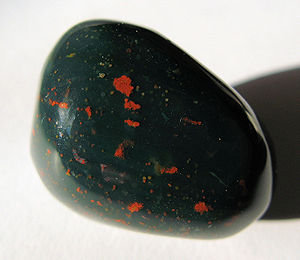Recently people living in Scotland witnessed spectacular displays of the Northern Lights far more than previous years. Even here in Edinburgh we saw them.


 Tim Peake up in the international space station also watched them.
Tim Peake up in the international space station also watched them.
The northern lights are also known as ‘Aurora borealis’ and the southern lights as ‘Aurora australis.’ In Roman mythology Aurora was the goddess of the dawn, so Aurora borealis means ‘dawn of the north,’ and Aurora australis means dawn of the south.
They are nature’s very own theatrical performance, very beautiful and awe-inspiring and at the same time mysterious and even frightening. Many different cultural and ethnic groups who lived in places where they are seen have developed many myths and legends to try and explain and make meaning of them in their own terms.

The Northern Lights feature prominently in Norse mythology, they were believed to be the reflections of the shields of the Valkyries racing across the sky on their way to their resting place, Valhalla.
A spirit is often seen as coloured light rising from the body. The Cree Indians held that the Aurora was part of life’s circle and were the spirits of the dead who remained in the sky but apart from their loved ones. The Cree believed that the lights were spirits of these departed friends and relatives trying to communicate with those they had left behind on earth.
They were also seen as an omen, weeks before the French revolution broke out dramatic red northern lights were seen in Scotland and England, and people reported of having heard and seen massive armies fighting across the skies.
Some cultures see them as good luck. The Aurora Borealis have also been linked to fertility and childbirth, and in Chinese and Japanese cultures it is still believed that a child conceived under the northern lights will be blessed with good fortunes.
In old Icelandic folklore it was also believed that northern lights would ease the pain of childbirth. At the same time though, they believed that pregnant women looking at the Aurora would have cross eyed children.
There are some interesting beliefs of what you shouldn’t do during the lights:
The most widely known ´no-no´in the North is to avoid waving, singing or whistling at the northern lights. People used to believe that the spirits would come down and take you away. Many Sami people would keep their families and children indoors during the display, or if they were outside they would cover up and try to hide from the rays.
The Northern Lights in Scotland – The Nimble Men
In Scottish Gaelic folklore the Northern Lights are known as the Na Fir Chlis – “the Nimble Men” (or also known as the merry dancers).
In Northern Scotland and on Orkney and Shetland some still call the Northern lights ‘The Merry Dancers’. The Scottish names or the Northern Lights suggest moving forms. As one folk song relates: ‘She called them the heavily dancers, merry dancers in the sky’.(The Northern Lights of Old Aberdeen).
There is an old Scottish proverb which goes:
‘When the mirrie dancers play, they are like to slay’
The Lights were described as epic fights among sky warriors or fallen angels. Blood from the wounded fell to earth and spotted the “bloodstones” or heliotrope found in the Hebrides.

There is an old story, a young boy goes out fishing and falls asleep in his boat. He wakes to see giants dancing around a great bonfire. But then he realises they are not dancing but fighting and his boat is adrift on a pool of blood. Returning to shore , he finds he has been gifted with second sight. The blood undoubtedly refers to the scarlet aurora that appears during particularly intense solar storms.
In another story, the Fir Chlis take part in a war called ‘an linne fhuil’ or ‘pool of blood’ and the local red and green ‘bloodstones’ were believed to be drops fallen from the sky warriors. In this way people drew features of their landscape into the story of the aurora and made its spectacle both supernatural and familiar.

Lovely pix of the Lights! Thank you…
Many thanks Amanda
Are there any books written on the history and stories of the Merry Dancers ?
Cheers
That’s great.
I’m trying to write a book that partly takes place in Scotland and that was exactly what I was needing.
Thanks Amanda.